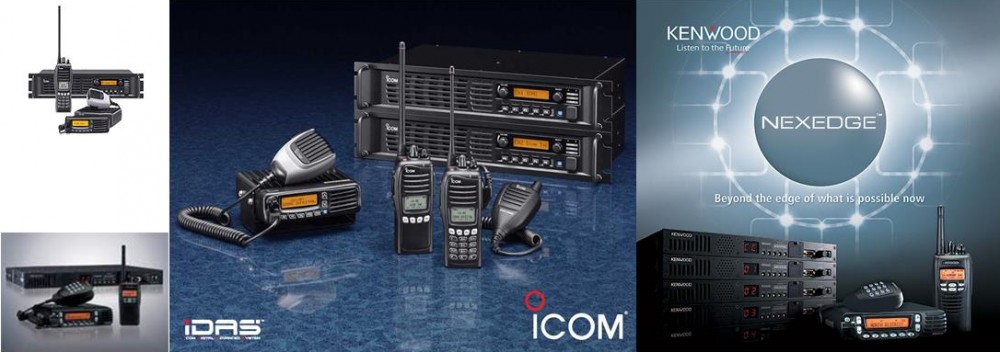This has been an exciting week of additions to the network. Several more users, plus two new repeaters. I believe we are gaining momentum, and with the addition of the database and updated logger, we are moving along quite nicely. I have been part of or heard conversations on the air that went very well, with few glitches. That isn’t to say we are 100%, but the reliability to me seems much better.
However, I believe it is prudent for me at this time to step back and work on some things that I think will help reliability at this point. For instance, I need to figure out the rest of where OTAA is being sent in a transmission, and also how to decode information mid-stream. As an example, right now NXDN Core Manager looks for a “preamble” that both Kenwood and Icom repeaters send out before the datastream from the radio that has information such as UID, GID, and RAN. I have all the NXDN documents from the nxdn-forum website. I just need to study the CAI (Common Air Interface) more.
So I’m hoping in the next major release to be able to extract more information from the datastream. I think this will help the dropout problems that occur by being able to start up again if the preamble gets lost. Also, I do want the tx_otaa switch to work properly, so that TG 65000 is kept clean.
This kind of hacking will take some time. Also, understanding the CAI will help in getting a software solution working for translating between Kenwood and Icom datastreams. If this translation can be achieved, our network can be fully hardware agnostic with repeaters. We will no longer in CT need to recommend someone get a Kenwood repeater to stay compatible, for example. Those who want to put a repeater on the network can just buy what is cheaper or easier to obtain. I can’t guarantee I will figure out how to do this in software, but I’m going to try. The idea here would be a software program that will talk between the Kenwood and Icom NXCM, and translate a talkgroup. So this way a regional or statewide talkgroup is available to both hardware platforms.
My philosophy going forward is this: I look at Amateur Radio as a “public commons”, a space given to us by the government for public use and benefit, not controlled by business interests. In the same way, I look at the software and tools that I write as public as well. I think we can have a network which puts quality above quantity of users, and is based on mutual cooperation. I don’t see NXDN as competing with other modes, but I do believe we can lead by example in how we think about issues of spectral efficiency, intelligent routing, and network management.
I am thankful for what Evans, Cliff, Alan, and others got started, and I would like to keep the momentum going. If you have ideas for the future, please share them. If you have bug reports, let me know. This isn’t my network, and I don’t want the impression that CT’s NXCM is THE only NXCM. It is just one of several used to manage a statewide / regional group of repeaters, that we mutually tie together as appropriate. Please keep in mind though that features that are “nice to have” are going to be lower priority at this point than things that I think affect stability.
So if you don’t see any updates for a few weeks, it is because I’m going to be taking a step back and looking carefully at the CAI and how I can do better in routing / decoding it. As I figure things out and make improvements to the software, I will check things into the repository and report out to the mailing list.
